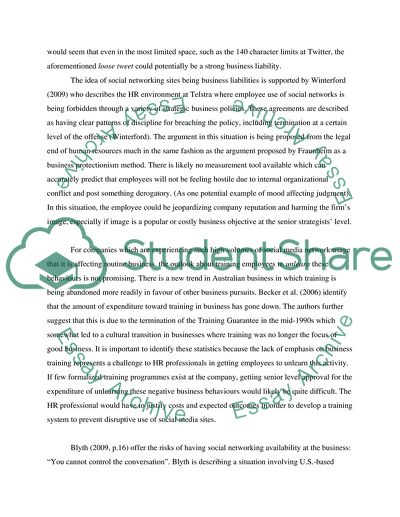Cite this document
(Social Media Dangers and Responsibilities as Employers Research Paper - 1, n.d.)
Social Media Dangers and Responsibilities as Employers Research Paper - 1. Retrieved from https://studentshare.org/media/1726176-human-resource-management
Social Media Dangers and Responsibilities as Employers Research Paper - 1. Retrieved from https://studentshare.org/media/1726176-human-resource-management
(Social Media Dangers and Responsibilities As Employers Research Paper - 1)
Social Media Dangers and Responsibilities As Employers Research Paper - 1. https://studentshare.org/media/1726176-human-resource-management.
Social Media Dangers and Responsibilities As Employers Research Paper - 1. https://studentshare.org/media/1726176-human-resource-management.
“Social Media Dangers and Responsibilities As Employers Research Paper - 1”, n.d. https://studentshare.org/media/1726176-human-resource-management.


